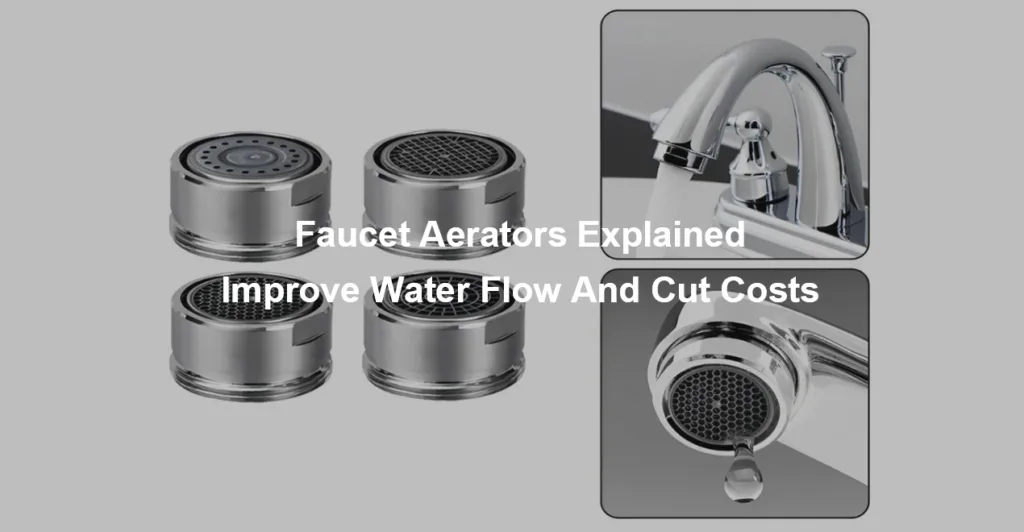Faucet Aerators Explained: Improve Water Flow And Cut Costs
Installed at the end of your faucet spout, a small, inexpensive gadget known as an air mixer blends the air stream with the water. Reducing water usage while retaining pressure, this clever small device dramatically increases the efficiency of faucet water.
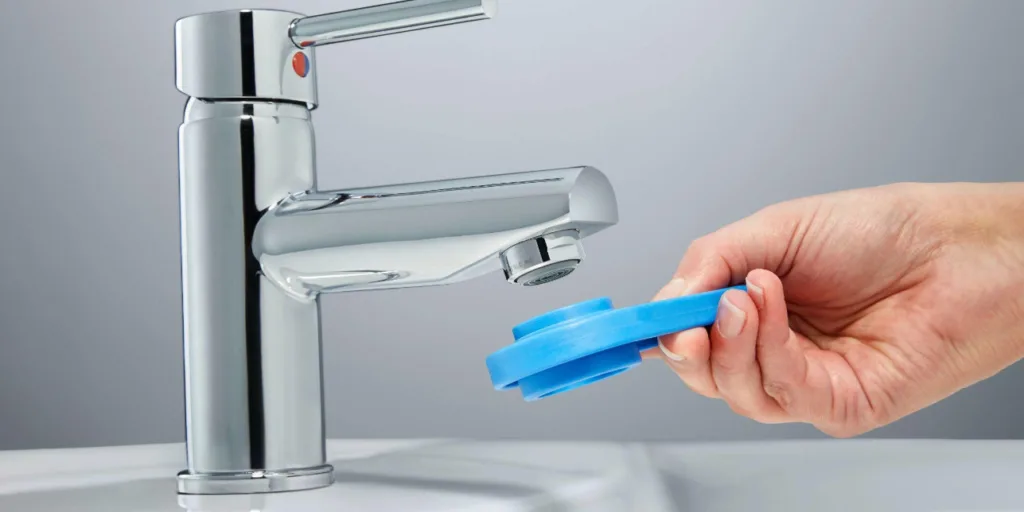
A faucet aerator lowers your water bill as well as minimizes splashing. You should know about faucet aerators if you are solving a rent issue, remodeling the kitchen, or just trying to be more eco-friendly.
In this blog, we will discuss how faucet aerators operate, their energy advantages, and how you could save water and money daily.
How A Faucet Aerator Works?
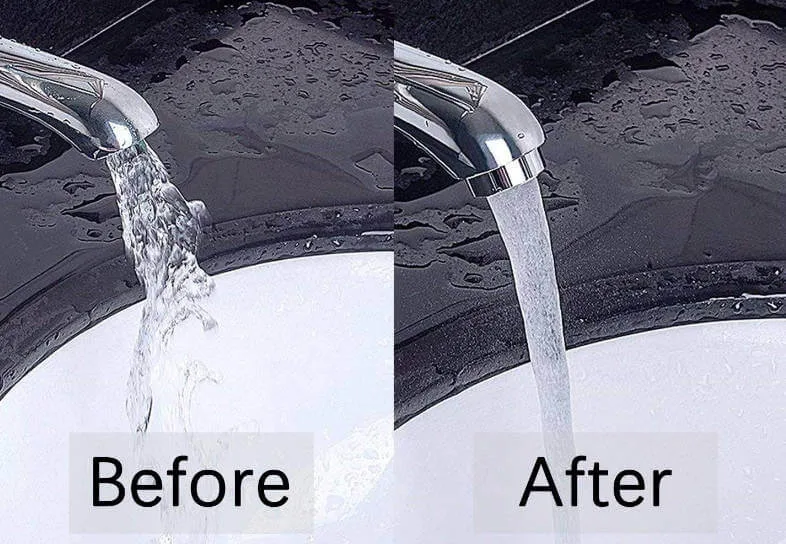
A faucet aerator blends water with air through a small screen and several holes. This ensures your faucet has a limited flow while you enjoy a gentler more substantial stream of water. Adding air to the water allows your faucet to let out effective pressure of 1.5-2.2 Gallons per Minute(GPM). But instead of losing three to five GPM.
It uses approximately 50percent less water to perform routine tasks like washing hands and running the dishwasher cooking vegetables and maintaining the same efficiency.
Types Of Faucet Aerators
Each of the three basic kinds of faucet aerators is meant for certain water flow requirements and Operator preferences.
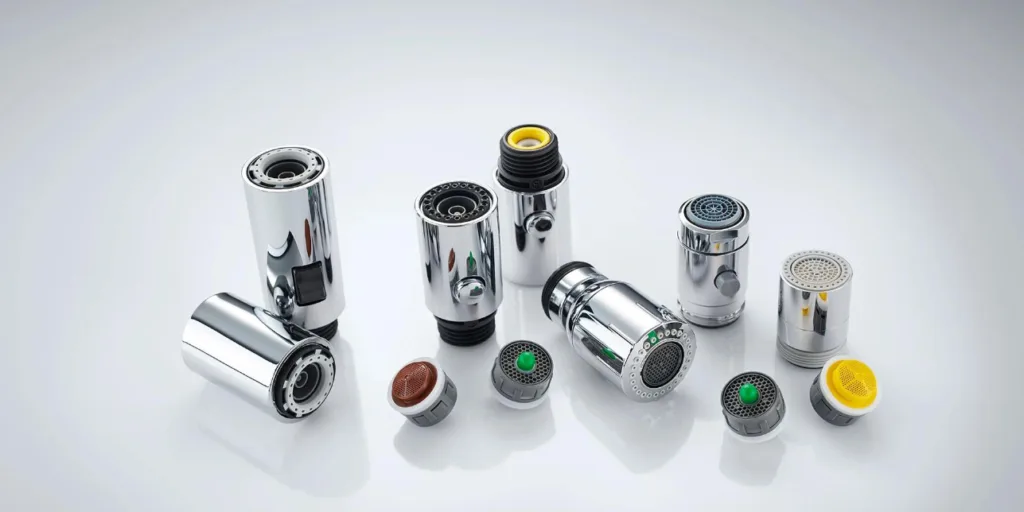
1: Low-Flow Aerators (0.5–1.0 GPM)
Low-flow aerators are specifically engineered for water conservation. They are down for homes that are set inch bucolic settings or are case to droughts because reduction sweat blow is important. They do affect the water pressure somewhat but still provide adequate stream pressure for normal hand washing and light duties in the kitchen. These are good for environmentally-minded customers world health organization need to less substitute bills without impacting Royalty
2: Standard Aerators (1.5–2.2 GPM)
Standard aerators are found in most residential faucets. They provide a balance between flow and water savings, ideal for either the kitchen or the bathroom. This flow rate accommodates daily tasks as washing dishes and brushing teeth without an unnecessary waste of water. Standard aerators are typically used by homeowners looking for dependable use.
3: High-Flow Aerators (2.5–3.0 GPM)
Laundry facilities and dishwashing basins for commercial use consume an enormous amount of water each day. Aerators with high-floats are great as they not only improve the efficiency of cleaning, but also conserve water, making the perfect choice for businesses that are eco-friendly. But, they aren’t designed for daily usage at home. They excel in dealing with the toughest cleaning jobs.
Save Money & Improve Water Flow: Key Benefits Of Faucet Aerators
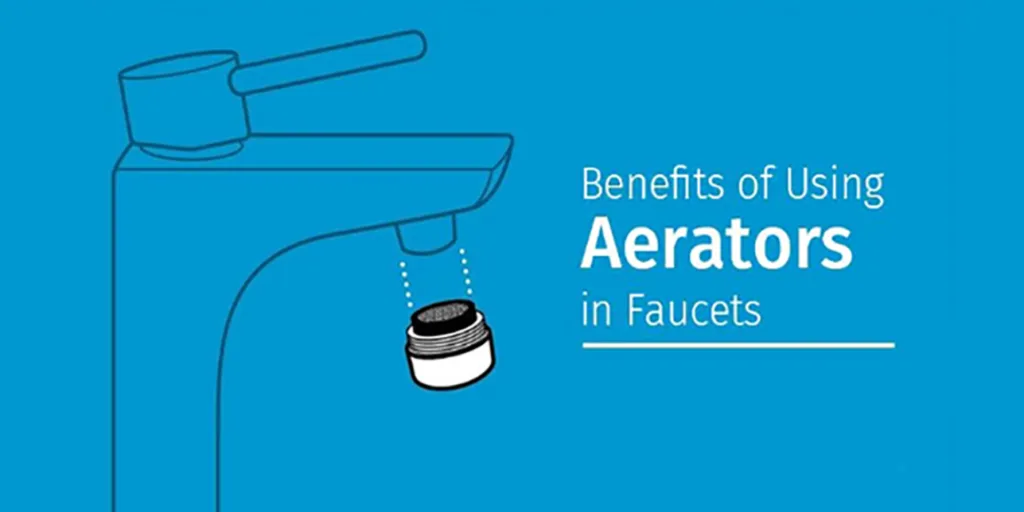
Faucet aerators have an impact on both the wallet and the environment. While they slow down water flow, they help lower utility bills and reduce water heating costs. By putting in an aerator many homes can cut their water use by 60%, which saves them thousands of dollars each year. On top of that, they’re simple to install so most people find them a good upgrade to make.
(a) Lower Water Bills
Sliding aerators onto your kitchen and bath faucets can trim water flow by roughly 30% to 60%, cutting monthly energy and water bills. Yes, money. Depending on utility rates where you live, that small gadget can keep hundreds of dollars in homeowners pockets each year. Adding faucet aerators is therefore one of the cheapest and easiest home upgrades you can make.
(b) Environmental Impact
Water-efficient faucets cut down on needless water usage Therefore easing the load on municipal lakes and sewage treatment facilities. This minor adjustment will help preserve scarce natural water supplies for the future as well as Improve long-term sustainability.
(c) Improved Faucet Performance
Better performance for faucets by using a high-quality aerator improves water flow stability, decreases splashing, and provides an easier stream for your everyday chores. Through regulating the flow and pressure, the aerators provide a smoother and more efficient flow of water and reduce loss. They also aid in maintaining the proper pressure even in low flow designs, allowing for better performance for both commercial and residential configurations. With the proper aerator, users can enjoy greater control, a cleaner rinse, and a greater overall efficiency of the faucet.
(d) Easy DIY Installation
One of the major advantages of faucet aerators are their simple installation making them a simple upgrade for every household. The majority of aerators can be screwed onto the faucet’s head without necessity of tools or professional assistance, allowing users to boost efficiency and flow of water in a matter of minutes. This simple setup allows homeowners to cut down on water consumption and reduce utility costs without a lot of effort. If you are upgrading an existing aerator, or setting up a new one, the procedure is easy and economical with immediate performance improvement.
How to Choose an Aerator that Balances Flow and Savings?
The best choice for an aerator that is able to balance the flow of water and saves money starts by determining what flow speed is appropriate to your requirements. Aerators are generally measured in gallons per minute (GPM) as well as less GPM designs (like 1.0 and 1.5 GPM) use less water, thereby reducing costs for water without losing efficiency.
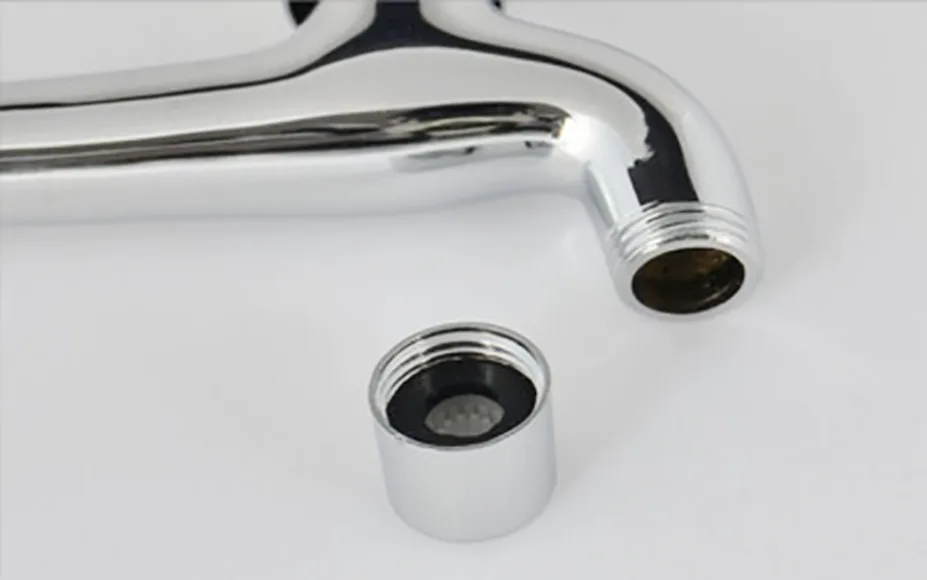
- For bathrooms where pressure is not a requirement choose aerators with low flow.
- In kitchens where greater flow is required for cooking, a moderate GPM (like 1.8) could be the best choice.
Also, think about the kind of stream that the aerator creates like spray laminar, aerated or splash. Each has an impact on users’ experience and the use of water. Aerated streams combine air and water to provide a more comfortable experience and less of a splash, which is ideal for use in general. Laminar flow provides a smooth stream that is more suitable for settings that are sensitive to hygiene. Make sure the aerator is compatible with the thread of your faucet (male and female) and is made from robust materials like stainless steel or brass. Be sure to look for aerators sporting WaterSense labels, which guarantee an approved water efficiency and quality standards.
Installing And Maintaining Your Faucet Aerator
1: Remove The Old Aerator
To carefully remove the antique aerator, grab a pair of pliers and turn it counterclockwise. To avoid scratching your tap, it’s a good idea to wrap some plumbing or marine tape around the aerator before you start loosening it.
2: Clean The Faucet Threads
After you take off the aerator, take a good look at the faucet’s spout or head for any dirt, mineral buildup, or rust. A gentle brush can help, or you can soak the area in vinegar for a few minutes to loosen up any grime. This will make it a lot easier to install the new aerator.
3: Attach The New Aerator
Make sure to align the new aerator properly and hand-tighten it. Be careful not to overtighten, as that could damage the threads and make it difficult to maintain in the future.
4: Check For Leaks
Gently turn the water back on and take a close look at the tap. If you notice any dripping or an uneven flow, try adjusting the aerator or reinstalling it until the water flows smoothly and without any leaks.
5: Routine Maintenance
Every few months, it is a good idea to unscrew your aerator and give it a soak in white vinegar to tackle any mineral buildup, especially if you live in an area with hard water. For the best performance overall, remember to replace your aerator once a year.
Common Mistakes To Avoid With Faucet Aerators
Many people do not realize that they have cut down the effectiveness of their aerator or longevity. Here are a few typical errors to avoid:
- The wrong size to choose Aerators are available in specific thread sizes. Using one that’s not the right size could cause leaks or a weak connection.
- In the absence of maintenance mineral deposits may build up and block screens. Regular cleaning is crucial in keeping the water flowing freely.
- It is assumed that all aerators will work Certain aerators aren’t compatible with specific taps like pull-out faucets or filtered ones. It’s always good to look up the specifications prior to purchasing.
- The same aerator for all aerators Standard, low-flow and high-flow aerators all have their own functions. A random selection of one can result in poor performance in the water.
By avoiding these issues, you will ensure that your faucet functions effectively, lasts longer, and help you manage your faucet water efficiency.
Final Thoughts
A faucet aerator can be an affordable method to improve the efficiency of your faucet’s water consumption. By mixing air with flow of water, it decreases how much water is used without sacrificing the performance. If you select low-flow, wide-drift, or high-drift aerators and enjoy healthier water and save water, money and energy.
Simple to install and keep in good condition, they are the perfect solution for anyone who wants to live sustainably and without costing a fortune. Make the switch today to begin enjoying more efficient water and savings immediately!

